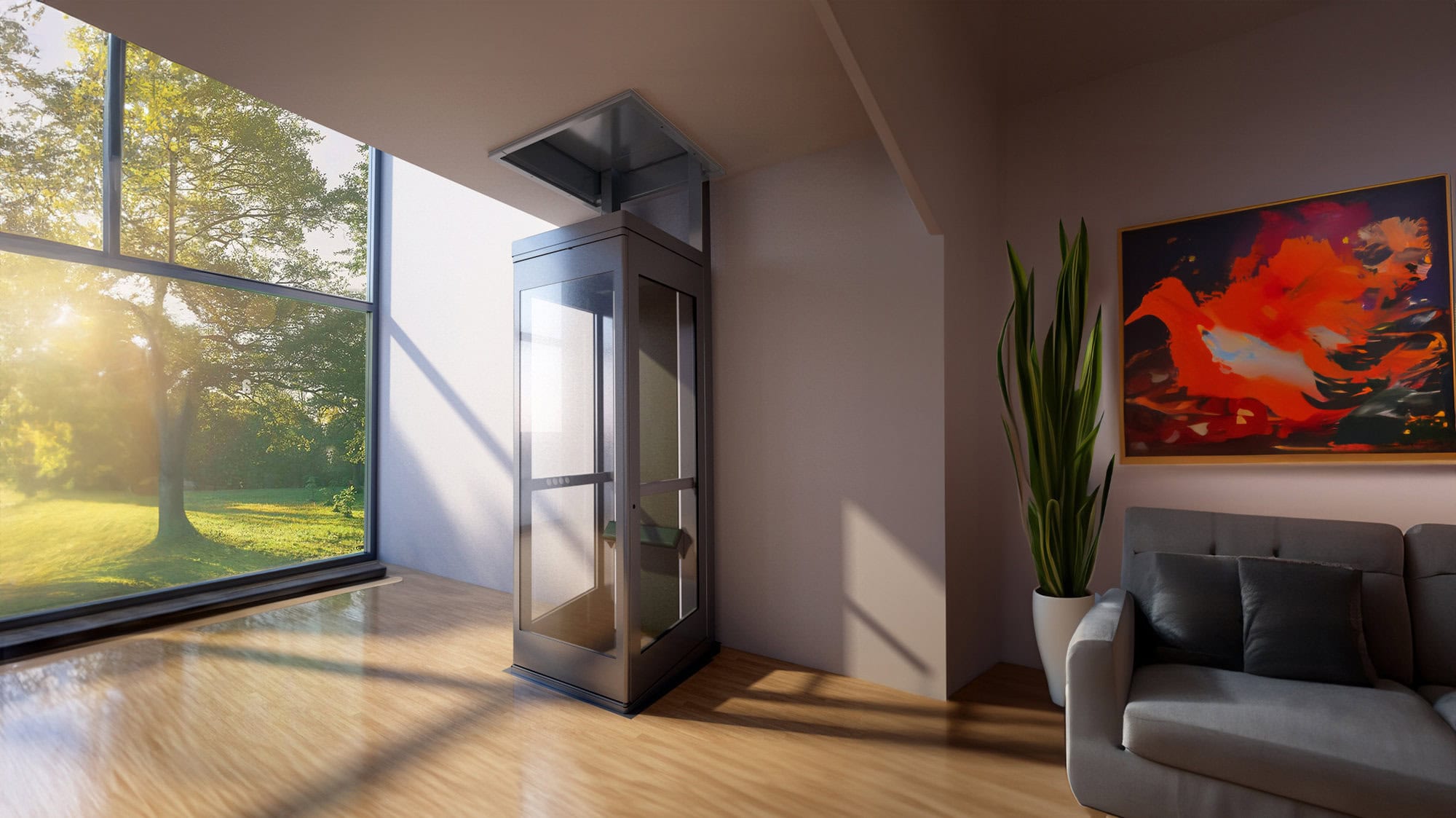Compare Disabled Platform Lifts Prices UK: Affordable Options for every single Requirement
Compare Disabled Platform Lifts Prices UK: Affordable Options for every single Requirement
Blog Article
Exploring the World of Lifts: Typical Concerns Dealt With by Various Lift Systems
As we browse via the vertical transport systems of modern-day structures, elevators stand out as an indispensable part of our everyday lives. From hydraulic elevators to grip systems and machine-room-less styles, each lift kind comes with its set of common issues.
Hydraulic Lifts
Hydraulic elevators, typically favored for low-rise structures, utilize fluid stress to control the activity of the lift cars and truck (lift repair companies). This mechanism includes a hydraulic pump pressing oil right into a cyndrical tube, triggering the elevator to relocate the desired instructions. While hydraulic elevators are recognized for their peaceful and smooth procedure, they do include their very own set of common problems
One prevalent issue with hydraulic lifts is oil leakage. Furthermore, concerns with the control system, such as faulty valves or a malfunctioning pump, can trigger disruptions in the lift's activity.
Regular maintenance and prompt fixings are vital to make certain the smooth functioning of hydraulic lifts. By resolving these typical issues proactively, structure proprietors can reduce downtime and make sure the safety and security and efficiency of their upright transport system.
Traction Lifts
When taking into consideration vertical transportation systems in structures, an additional usual type besides hydraulic lifts is the traction elevator. Traction lifts run using a system of ropes and counterweights that move the elevator cars and truck by gripping onto the hoist ropes. This mechanism allows for smoother and much faster vertical transport compared to hydraulic systems.
Among the typical problems encountered by traction elevators is rope wear. The constant activity of the ropes within the traction system can bring about put on and tear with time, possibly causing the lift to breakdown or end up being harmful for usage. Regular examinations and upkeep of the ropes are important to guarantee the lift's proper performance and safety and security.
Another issue that grip lifts may come across is connected to the control system. Problems with the control system can lead to problems such as irregular activity, hold-ups in action times, and even total closures. Routine screening and upkeep of the control system are vital to avoid such issues and guarantee the elevator's integrity.
Machine-Room-Less (MRL) Elevators

Among the key components of MRL lifts is the compact gearless london lift company traction maker that is mounted within the hoistway. This maker efficiently drives the elevator automobile without the demand for cumbersome devices found in traditional grip elevators. In addition, MRL elevators typically use a weight system to balance the cars and truck, more enhancing their power performance.
Regardless of their benefits, MRL lifts may face difficulties connected to repair and maintenance because of the restricted area for tools installation. Availability for servicing components within the shaft can be restricted, requiring specialized training for service technicians. Proper upkeep routines and routine evaluations are essential to make sure the ongoing smooth operation of MRL elevators.
Overloading and Weight Limit Issues
Overloading and weight restriction concerns are crucial problems in lift operations. Elevator makers layout lifts with specific weight capabilities to make certain guest safety and security and equipment longevity.
When lifts are strained, it places too much strain we maintain lifts on the motor, cables, and other components, potentially triggering breakdowns or malfunctions. If they detect excess weight, safety systems such as sensors and overload sensing units are in place to avoid elevators from relocating. Additionally, surpassing weight limits can cause raised energy consumption and wear and tear on the elevator system.
To minimize straining concerns, developing managers should prominently show weight limitations in elevators and educate occupants on the significance of sticking to these constraints - lift repair companies. Routine upkeep checks by certified technicians can also aid ensure that elevators are running within risk-free weight criteria. By dealing with overloading and weight limit problems proactively, building owners can enhance lift safety and performance
Electric System Failings
Exceeding weight limits in lifts can not only lead to mechanical problems yet also possibly add to electric system failings within the lift infrastructure. Electrical system failings are an important issue in lift operation, as they can trigger unexpected closures, malfunctions, or even safety and security hazards.
Furthermore, power rises or changes in the electrical supply can additionally interrupt the lift's operation, affecting its efficiency and safety and security. These electrical disruptions can damage delicate elevator elements such as control board, circuit card, or sensors, bring about system lift repair near me failings. Regular upkeep and examinations are vital to recognize and address potential electric issues immediately, guaranteeing the secure and reliable procedure of lift systems. By adhering to weight limitations and conducting routine electrical system checks, building proprietors can mitigate the threat of electrical failures in lifts.
Verdict

Hydraulic elevators, frequently liked for low-rise buildings, use fluid stress to manage the movement of the elevator automobile.When considering vertical transportation systems in buildings, an additional common kind apart from hydraulic elevators is the grip elevator. Traction lifts operate utilizing a system of ropes and counterweights that relocate the elevator vehicle by clutching onto the hoist ropes. Unlike conventional elevators that need a different maker area to house the devices, MRL elevators incorporate most of the components within the shaft, removing the requirement for a committed equipment area.In verdict, lifts encounter typical problems such as hydraulic breakdowns, traction system failings, and electrical system troubles.
Report this page